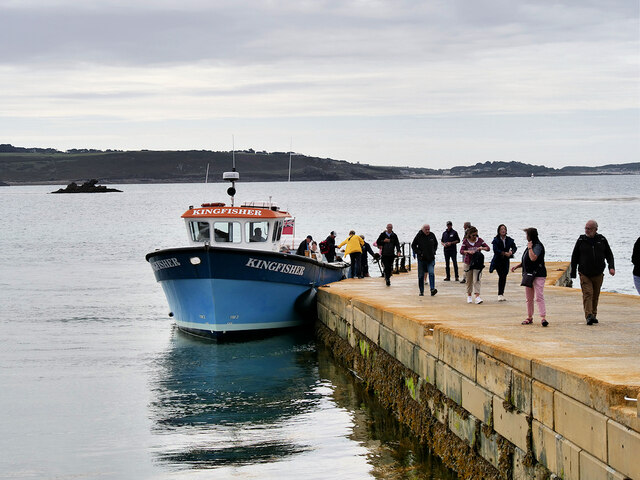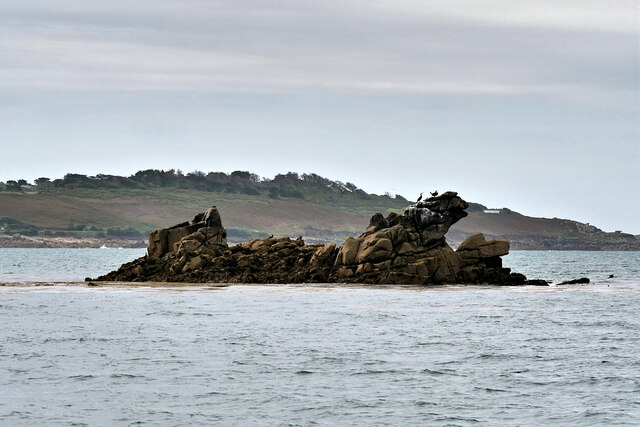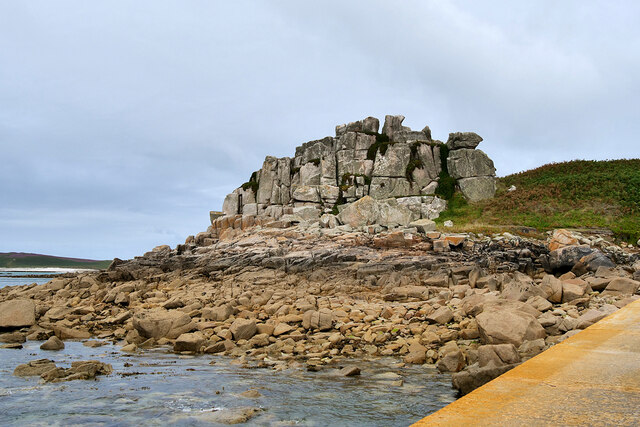Figtree Rocks
Coastal Feature, Headland, Point in Cornwall
England
Figtree Rocks

Figtree Rocks is a prominent coastal feature located in Cornwall, England. It is a stunning headland that juts out into the Atlantic Ocean, offering breathtaking views and natural beauty. The rocks are named after the fig trees that once grew abundantly in the area, although they are no longer present today.
This headland is known for its rugged cliffs, which provide a dramatic backdrop to the crashing waves below. The rocks themselves are composed of granite, giving them a distinctive appearance and adding to the overall allure of the landscape. Visitors can explore the area by walking along the coastal path that winds its way around the headland, providing ample opportunities for stunning photographs and a chance to take in the panoramic views.
In addition to its aesthetic appeal, Figtree Rocks also holds historical significance. It has been a landmark for sailors for centuries, serving as a navigational point along the coast. The headland has witnessed numerous shipwrecks over the years, adding an air of mystery and intrigue to the area.
Nature lovers will appreciate the diverse wildlife that can be found around Figtree Rocks. Seabirds, such as gulls and cormorants, nest on the cliffs, while seals can often be spotted basking on the rocks below. The surrounding waters are also home to a variety of marine life, making it a popular spot for snorkeling and diving.
Overall, Figtree Rocks is a captivating coastal feature that showcases the natural beauty and rich history of Cornwall. Its rugged cliffs, granite rocks, and stunning views make it a must-visit destination for anyone exploring the region.
If you have any feedback on the listing, please let us know in the comments section below.
Figtree Rocks Images
Images are sourced within 2km of 49.943666/-6.3287841 or Grid Reference SV8913. Thanks to Geograph Open Source API. All images are credited.













Figtree Rocks is located at Grid Ref: SV8913 (Lat: 49.943666, Lng: -6.3287841)
Division: Isles of Scilly
Unitary Authority: Isles of Scilly
Police Authority: Devon and Cornwall
What 3 Words
///frail.unsightly.motoring. Near Tresco, Isles of Scilly
Nearby Locations
Related Wikis
Tresco Heliport
Tresco Heliport (ICAO: EGHT) is a heliport located on the island of Tresco, in the Isles of Scilly off the southwest coast of England, UK. The heliport...
Oliver's Battery, Tresco
Oliver's Battery is a ruined artillery battery on the island of Tresco in the Isles of Scilly off of Cornwall, England. It was built by the Parliamentarian...
Tresco Priory
Tresco Priory is a former monastic settlement on Tresco, Isles of Scilly founded in 946 AD. It was re-founded as the Priory of St Nicholas by monks from...
Tresco Abbey Gardens
Tresco Abbey Gardens are located on the island of Tresco in the Isles of Scilly, United Kingdom. The 17 acre gardens were established by the nineteenth...
Nearby Amenities
Located within 500m of 49.943666,-6.3287841Have you been to Figtree Rocks?
Leave your review of Figtree Rocks below (or comments, questions and feedback).






